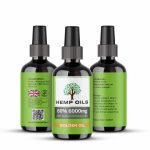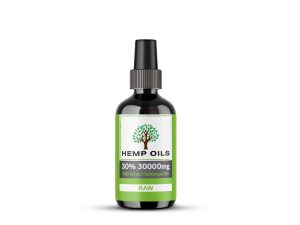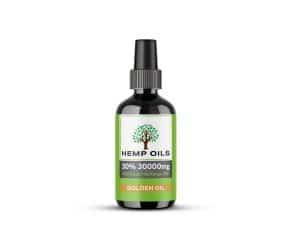How to Make Hemp Oil from Stems ===
Hemp oil, also known as CBD oil, has gained popularity for its potential health benefits. While many people opt to buy hemp oil from the market, making it at home from hemp stems can be a cost-effective and rewarding alternative. Hemp stems contain a substantial amount of CBD, making them a valuable resource for oil extraction. In this article, we will guide you through the process of gathering and preparing hemp stems, extracting hemp oil, and storing and utilizing it safely.
Gathering and Preparing Hemp Stems for Oil Extraction
To begin the process of making hemp oil from stems, it is crucial to gather high-quality stems from mature hemp plants. Harvesting the stems when the plants are fully grown ensures a higher concentration of cannabinoids. Once harvested, remove any leaves and branches from the stems, ensuring only clean and dry stems are used for extraction. Thoroughly rinse the stems to remove any dirt or impurities. Then, let them air dry completely before moving forward with the extraction process.
Step-by-Step Guide: Extracting Hemp Oil from Stems
-
Grinding the Stems: Once the stems are dry, use a grinder or food processor to finely grind them. This step allows for better access to the CBD-rich compounds in the stems.
-
Decarboxylation: Preheat your oven to 220°F (105°C). Spread the ground stems on a baking sheet and place them in the oven for 45 minutes to activate the CBD. This process, known as decarboxylation, ensures the maximum potency of the hemp oil.
-
Extraction: After decarboxylation, transfer the ground stems to a glass jar and cover them with a high-proof alcohol, such as ethanol or isopropyl alcohol. Seal the jar tightly and let it sit for at least two weeks, shaking it occasionally to facilitate the extraction process.
-
Straining: After two weeks, strain the mixture through a cheesecloth or fine-mesh sieve into another clean glass jar. Squeeze out as much liquid as possible, ensuring you collect all the extracted hemp oil.
-
Evaporation: Leave the jar with the strained mixture uncovered in a well-ventilated area to allow the alcohol to evaporate naturally. This process may take a few days, so be patient.
-
Storage: Once the alcohol has evaporated completely, transfer the homemade hemp oil into a dark-colored glass bottle with a tightly sealed lid. Store it in a cool, dry place away from direct sunlight to maintain its quality.
Effective Techniques for Extracting Hemp Oil
While the step-by-step guide mentioned above is a common and effective method for extracting hemp oil from stems, there are alternative techniques you can explore. One such technique is using a closed-loop extraction system that utilizes butane or carbon dioxide to extract the oil. However, these methods require specialized equipment and should only be attempted by experienced individuals to ensure safety and optimal results.
Storing and Utilizing Homemade Hemp Oil Safely
Proper storage is essential to maintain the potency and freshness of homemade hemp oil. As mentioned earlier, store the oil in a dark-colored glass bottle with a tightly sealed lid. This prevents light and oxygen from degrading the oil. Additionally, keeping the oil in a cool, dry place away from direct sunlight is crucial. Always label the bottle with the date of extraction to track its shelf life. When using the oil, start with small doses and gradually increase as needed, following the recommended guidelines for CBD consumption.
Make Your Own Hemp Oil at Home ===
By following the steps outlined in this article, you can acquire the necessary knowledge to make hemp oil from stems in the comfort of your home. It is important to note that homemade hemp oil may have varying potency and quality compared to commercially produced oils. Nonetheless, the satisfaction of creating your own hemp oil and the potential health benefits it offers make the process worthwhile. Remember to gather and prepare hemp stems properly, extract the oil using effective techniques, and store and utilize it safely to ensure the best results.




